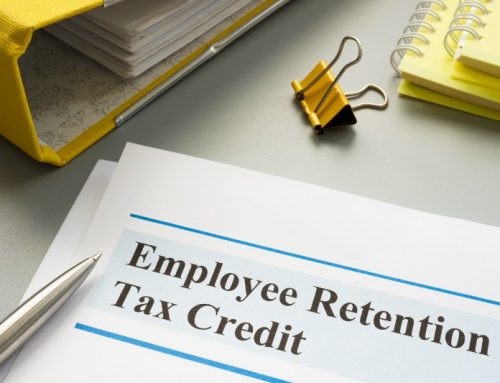Why Shouldn’t I Use Software to Calculate My R&D Credits?
Anyone who has worked in the tax industry is familiar with the constant attempt to automate tax work through software. The field of R&D Tax Credit consulting is no different. In the past four years there has been an explosion of automated R&D Tax software startups that promise to minimize the work of the taxpayer while finding maximum savings. However, while software can play a key role in quantifying R&D Credits, it should not be seen as a panacea. If you are considering using a software to claim and support your company’s R&D Credits, here are some things you should consider:
- The R&D Credit is not Black and White
Software platforms thrive when the process they are attempting to replicate are highly rules-based and contain predicable decision points. However, the world of R&D tax credits is not black and white, therefore, it is hard for software to account for all of the nuanced questions and decisions that are presented in an R&D Credit evaluation. It is almost impossible to build a rules-based formula that can applied to accurately capture and articulate the intricacies of each business. This leads to the second problem.
- R&D Software often requires you to do all of the work
Because R&D Credits can’t be quantified through a simple questionnaire using rules-based formulas, software platforms often require the business owner to do all of the heavy lifting when it comes to decision making and data entry. This can leave users with more questions than answers and may force business owners into becoming the subject matter expert on their R&D Credit claim (as if a business owner needs yet another hat to wear!). Additionally, we have seen that these software platforms require business owners to upload sensitive tax information all before ever interacting with a human and developing a trusting relationship.
- Subject Matter Expertise
Many of the new R&D Tax software have origins in Silicon Valley and are venture-backed. These software platforms that are marketed in the R&D Credit space are tech-centered rather than consulting-centered. Research on these companies shows that they often employ more software engineers than tax professionals. This means, most likely, a user will never talk to anyone with years of experience in claiming and defending R&D Tax Credits. This can lead to dollars left on the table or questionable positions being taken, which segues to the next point.
- Questionable R&D Claims
If you were to Google “R&D Tax Credits” you would find a plethora of Google ads assuring you that your company is eligible for the R&D Credit and that you can qualify in 5 easy steps. Many of these are ads purchased by software platform R&D Credit Firms. This has no-doubt been a cause of the increase in aggressive R&D Credit claims that the IRS has noticed over the past few years. As more R&D Credit startups enter the market, the lack of experience and aggressive sales methods lead to credit claims that do not follow the code of federal regulations and the internal revenue code.
It all makes sense when you consider the nature of Silicon-Valley. Investors have observed that some firms rake in heaps of cash charging up to 35% of R&D Credit savings and thus decided to get-while-the-gettins-good (see our blog post here for more on that topic) This has led to massive investment in software-based R&D Credit startups. Like any software startup, these companies need to gobble up users as fast as possible, therefore, the mindset becomes everyone is entitled to an R&D Credit, which leads to questionable positions being taken.
- A software cannot defend your case under audit
All of the software platforms in the R&D Credit space will claim that their work product will hold up under audit. In reality, the IRS audit and appeals system involves a very human-centric process. A software will not be able to generate a report that answers all of an agent’s questions when an initial IDR is mailed to the taxpayer. Most likely, a human tax professional or SME will need to get involved to navigate the nuances of this world. If you rely purely on a software to manage your R&D claim, the SME will have no familiarity with the ins and outs of your business and how your activities meet the qualifications for the tax credit. This lack of familiarity with your business could lead to high fees during the audit process and potential denial of the credit.
Alternate Tax Solutions has been working in the R&D Credit field for over a dozen years. Since the explosion of R&D Credit software platforms, we have onboarded a number of clients who left these technologies with a bad taste in their mouths. We have heard firsthand reports of platforms that require business owners to do all the work, use pushy sales tactics, dump indiscriminate data requests, and take questionable tax positions.
The bottom line is the R&D credit process in most cases will need a human-centered consultative approach to maximize success. Software platforms certainly have an ideal use case and may make sense for some taxpayers. However, before you consider entrusting an algorithm with your tax claim, it may make sense to look at the big picture and determine if a human should be involved in this consulting process.





